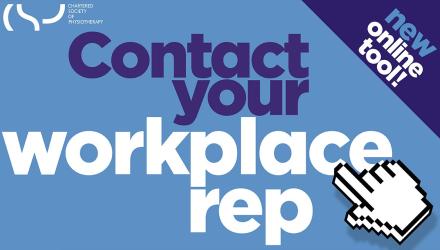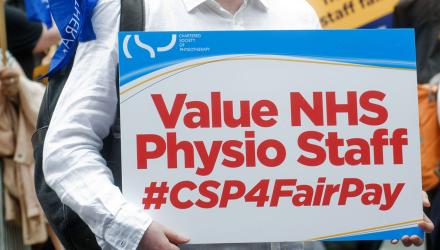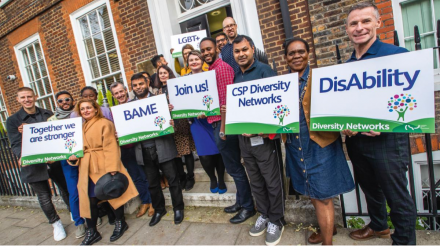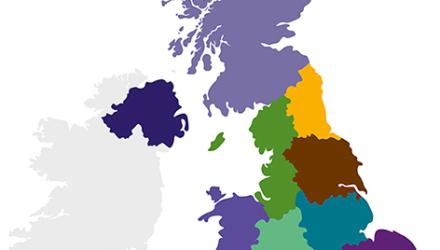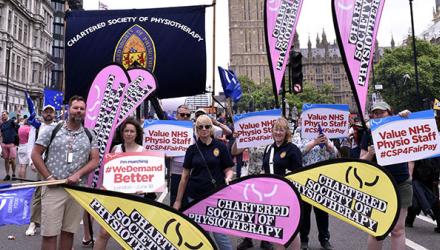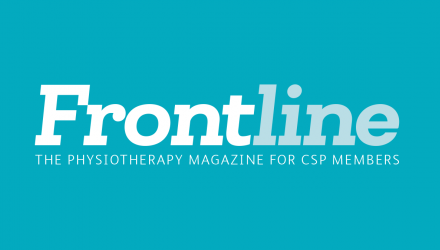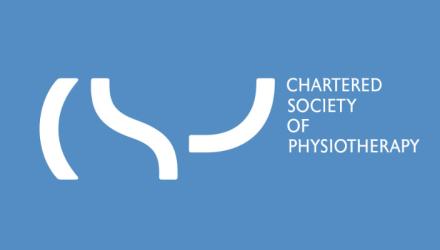The main legislation covering equality in England, Wales and Scotland is the Equality Act 2010. It protects people from discrimination, harassment and victimisation that is based on certain personal characteristics, such as their sex or race.
Equality law in Northern Ireland broadly matches that in the rest of the UK, but is spread across several sets of regulations rather than a single Act and has some differences
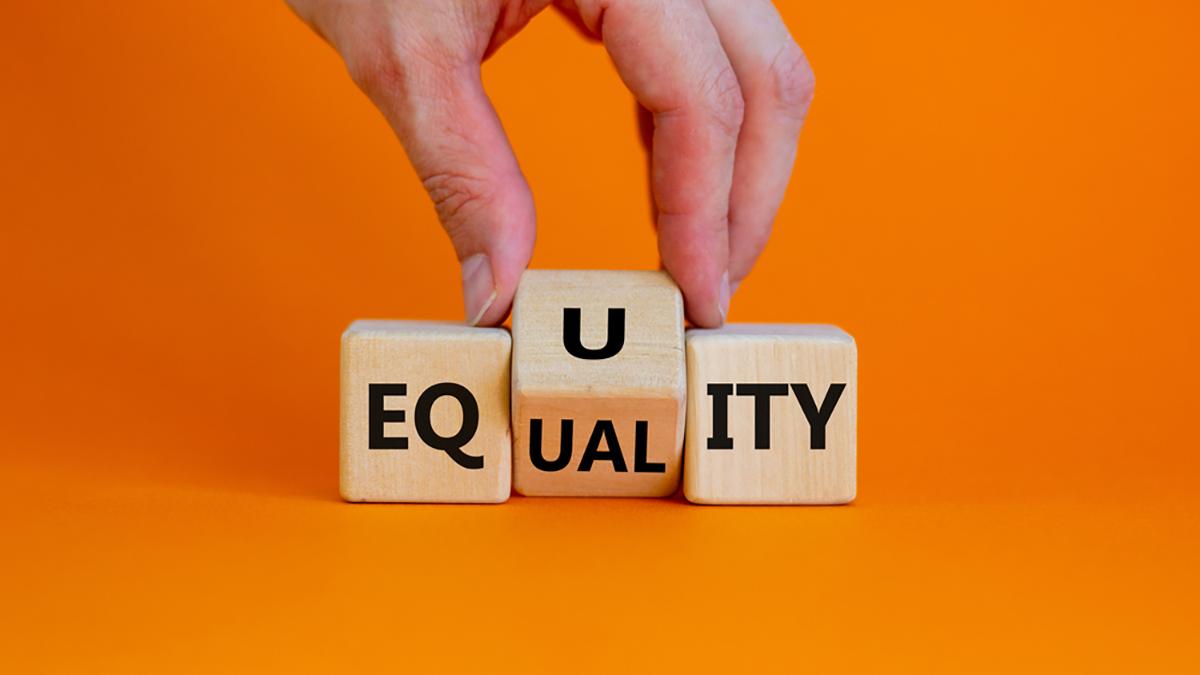
On this page:
Which groups are protected from discrimination?
The Equality Act 2010 protects people from discrimination on the basis of their protected characteristics:
- Age
- Disability
- Gender reassignment
- Marriage and civil partnership
- Pregnancy and maternity
- Race
- Religion or belief
- Sex
- Sexual orientation
Broadly speaking, equality legislation aims to secure equal treatment for people with a protected characteristic when compared to people without.
Employers can take “positive action” to recruit or promote people with a protected characteristic, but employers have to be careful about this.
Is everyone at work protected from discrimination?
Most individuals “in employment” are protected. This includes employees, job applicants and former employees as well as those who are genuinely self-employed (provided they are required to do the work themselves).
It also includes contract, agency, sub-contract and casual workers, temps, zero-hours contract workers, apprentices and those undertaking vocational training and work experience.
What types of conduct count as unlawful discrimination?
Direct discrimination
The most obvious type of discrimination is where someone is treated less favourably than another just because they have a protected characteristic, for example if an employer does not interview a job applicant because of their ethnic background. This is called direct discrimination.
In addition, an employer must not treat someone worse than other staff because they are “associated” with a person who has a protected characteristic, eg they have a disabled child or partner.
They must also not treat someone worse because they incorrectly think they have a protected characteristic (“perception”), such as thinking they are gay.
Indirect discrimination
If an employer does something that has a worse impact on people who share a particular protected characteristic than on people who do not have that characteristic, this is likely to count as indirect discrimination.
An example might be where a post requires the physiotherapist to move around between different sites. An employer insisting that job applicants must be able to drive, even if it is perfectly possible for them to move between sites without driving, is likely to be indirectly discriminating against disabled job applicants.
However, there are some exceptions where employers can “objectively justify” indirectly discriminating against a protected group.
Harassment
Behaving unpleasantly towards someone or bullying them because of their age, disability, gender reassignment, race, religion or belief, sex or sexual orientation is a form of unlawful discrimination. An example might be telling jokes about a person’s religion.
Victimisation
Treating someone unfairly because they have complained or spoken up about alleged discrimination can be unlawful discrimination in itself. An example could be denying someone promotion because they had previously raised a grievance alleging discrimination.
Employment tribunal cases
If discrimination issues are not solved adequately with the employer, a case may ultimately have to be taken to an employment tribunal.
Such cases have extremely tight timescales – a claim must be lodged 3 months minus 1 day from the date the problem at work happened. CSP members and stewards who think this might be necessary should contact a Senior Negotiating Officer as soon as possible.
Extra equality requirements for the public sector
Public bodies such as NHS Trusts, and also private and voluntary bodies who carry out public functions, such as privatised NHS services, have extra legal responsibilities to promote equality as well as to prevent discrimination.
This is enshrined the Public Sector Equality Duty (PSED), which says public service bodies must pay “due regard” to the need to eliminate discrimination, advance equality of opportunity and foster good relations across all protected characteristics (although promoting equality in relation to marriage and civil partnership is not included).
In practice, paying due regard involves:
- removing or minimising disadvantages suffered by people due to their protected characteristics;
- taking steps to meet the needs of people from protected groups where these are different from the needs of other people; and
- encouraging people from protected groups to participate in public life or in other activities where their participation is disproportionately low.
The duties on public bodies are stronger in Scotland, Wales and Northern Ireland, in particular they are legally required to conduct Equality Impact Assessments as part of the PSED.
Equality Impact Assessments
Equality Impact Assessments (EIAs) provide a route for an organisation to assess the impact on equality of their policies and practices and are an important way for public sector organisations to comply with the PSED.
While in England there is no formal legal requirement for employers to conduct an EIA, public bodies must be able to demonstrate they are complying with the PSED in their decision making. The Equalities and Human Rights Commission and the TUC suggest that the best way to do this is to conduct a proper EIA.
Many NHS Trusts/Boards have in place a Single Equality Scheme (SES) as part of their PSED compliance.
The law for public authorities is framed differently in Northern Ireland, and the groups to be considered include people with and without dependants and people with different political beliefs.












